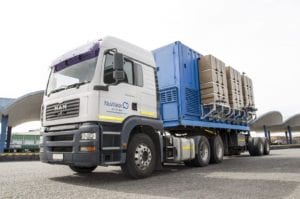Flexibility and water infrastructure are not normally associated with one another. But, just as power generation has evolved over the past two decades, the water and wastewater sectors are starting to adjust to the challenges of higher demand, lower government investment and increasing pollution.
The power sector has had a significant head start over the water sector when it comes to innovation and delivering sustainable, distributed generation capacity to complement, or some cases replace, the national grid and its large, centralised coal-fired power stations. The power sector has enjoyed incentives for investment in sustainable generation technologies such as solar and wind, as well as regulatory changes that encourage new participants in the sector. While there are the standard arguments for why the water sector cannot be compared with the power sector, the fact remains that serious innovation is required if the water sector is to have any chance of addressing the growing challenges it faces.Continuing with the same outdated approach to water and wastewater infrastructure delivery clearly poses a greater risk than the adoption of new technologies and business models. In addition, regulation of the sector needs to change and incentives for investment are required to attract new innovative participants.
Read more here.







